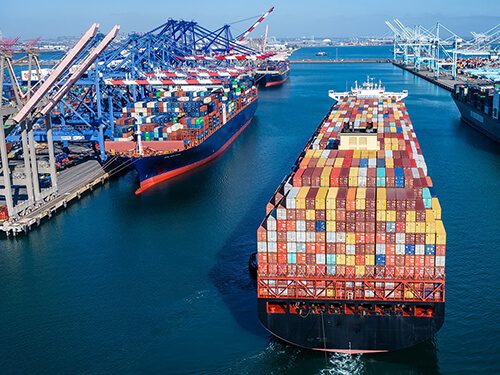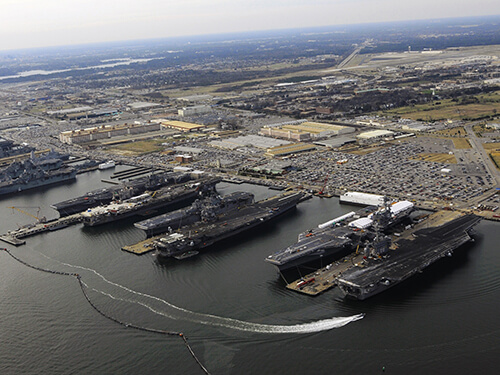How to classify ports
Date:2023-07-12
Ports can be classified according to different classification standards. The following two commonly used standards are introduced.
- Classification according to the scale of port
It can be divided into super-sized ports (annual throughput > 30 million tons), large ports (annual throughput between 10 to 30 million tons), medium ports (annual throughput between 1 to 10 million tons), and small ports (annual throughput < 1 million tons).

- Classificationaccording to the usage
Ports can be classified according to their usage into commercial ports, military ports, fishing ports, and industrial ports.
- Commercial ports
Commercial ports are ports where merchant ships stop and handle passenger and cargo transportation business. They provide various facilities and conditions for berthing ships, loading and unloading passengers and cargo, supplying fuel and other provisions, as well as repairing ships. They serve as hubs for water and land transportation and as distribution centers for goods, with their size typically indicated by their throughput. Based on their functional structure, commercial ports can be further classified into comprehensive ports and specialized ports (such as oil ports).

- Military ports
Military ports are ports exclusively used by naval vessels.

- Fishing ports
Fishing ports are used for fishing boats to berth, unload catches, and undergo supply and repair operations.

- Industrial ports
Industrial ports are ports dedicated to industrial and mining enterprises.
Next: Morocco tender – supply and Installation of quay fenders
RELATED
- New shipment of ID500 discharge rubber hoses for dredging
- Effective Ship Anchoring: Key Steps for Stability and Safety
- Sweden Tender – Quay front reinforcement & rubber fenders replacement at Norrköping harbor
- Dia2500×L4000mm Pneumatic Fenders and GD Type Fenders to Europe
- How to Properly Store Marine Airbags for Longevity?
- Top 10 container throughput of ports worldwide in 2024
- Successful Shipment of D3.3xL6.5m Pneumatic Fenders to Southeast Asia
- Sri Lanka Tender – D type rubber fenders – 180 X 160 (Side)

